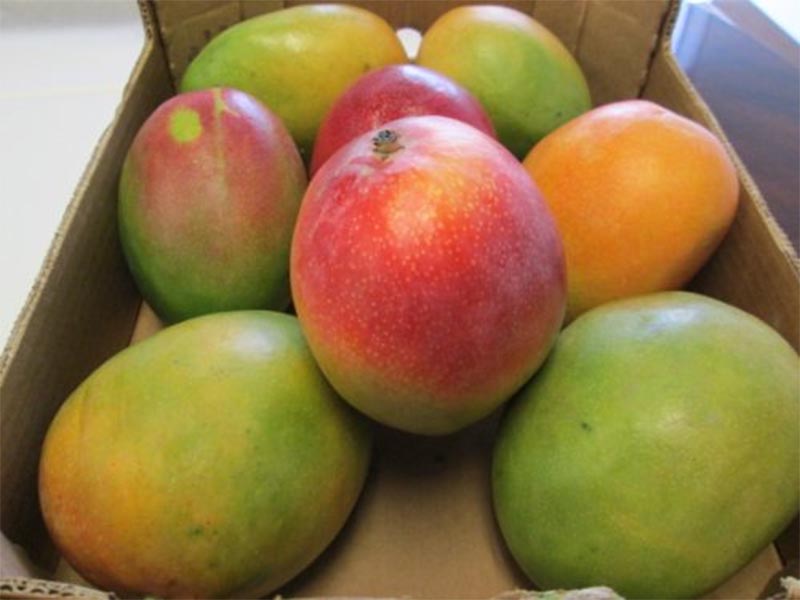It may interest both the farming community here as well as the Government of Guyana to know that Jamaica, a sister CARICOM country with infinitely less physical resources with which to develop a successful agricultural sector continues, through its probe of market intelligence on global agriculture to find and exploit openings on the international fruit and vegetable market which we in Guyana appear unable to access and exploit.
It transpires that the Ministry of Agriculture in Kingston has been receiving encouraging responses from farmers and exporters to its call to them to take action to fill what it sees as a growing demand for mangoes in the international market.
It seems, according to a report in the Jamaica Gleaner earlier this week that the country’s beaver-like market intelligence mechanism has picked up information regarding an anticipated increase in demand on the international market for the St. Julian and East Indian mangoes and having made that information available to farmers. It is now anticipating that production of those particular varieties will double this year.
The Gleaner says that up to Tuesday January 4 the island’s Ministry of Agriculture had already received thirteen applications for mango exports to the United States this season, four more potential exporters than had made applications up to this time last year. Jamaica, the Gleaner article says, is reportedly targeting mango export numbers of 178,000 kilograms to the United States in 2022, doubling the 89,000 kilograms of last year and quadrupling the 41,000 kg in 2020. The Agriculture Ministry in Kingston is also anticipating that mango exports to the UK will also increase this year.
All of this is in striking contrast to the fortunes of the fruit export sector in Guyana, the country with the largest single agricultural sector in CARICOM. If one travels to the Rupununi there is evidence in parts of Region Nine where animals, including poultry, feast on mangoes that have separated themselves from trees and are left to rot on account of the logistical constraints that inhibit the picking and moving the fruit to market.
One can already hear the responses from various official quarters, pushbacks that have to do with constraints in connecting the product with market, a time-worn excuse from our policy-makers. Mind you, there has been, over the years, far from sufficient effort to strengthen the coast-to-hinterland transport infrastructure to the point where fruit and vegetables produced in hinterland communities can meet a fate more deserving than being eaten by animals and livestock.
Interestingly, according to the aforementioned Jamaica Gleaner report “having enough supplies to meet foreign demand is heavily dependent on whether mango farmers are able to meet export requirements,” a circumstance which, in theory at least, is probably less likely to arise here. One can think, too, of small landowners across coastal Guyana who may well be only too happy to ‘pitch in’ if the various forms of infrastructural and other support mechanisms are put in place to provide fruit for the export market. Such an initiative will, among other things, provide at least a partial solution to the challenge of unemployment in both hinterland and coastal communities.
Mind you, one challenge that could arise for Guyana, as, indeed, has been a challenge for Jamaica, revolves around the exacting requirement of satisfying conditions for export to the US that have to be processed to mitigate the risk of fruit flies as well as to clear phyto-sanitary barriers before being cleared for entry. As the CARICOM country possessing the highest success rate in terms of accessing food product entry into the UK and the United States, Jamaica has, of course, passed that way before.
Between April and October last year, Jamaica exported approximately 600,000 kg of mangoes to Canada and the United Kingdom.
Last October Jamaica’s Agro-Investment Corporation disclosed that it had secured four of the twenty commitments it had been seeking from investors to undertake farming around 1,000 acres of idle sugarcane lands in Toll Gate, Clarendon which have been earmarked for cultivation of the St. Lucian and East Indian mangoes being sought by external buyers. The slow pace of commitments to the project is believed to be linked to the high investment costs associated with acquiring the lands and cultivating them.
